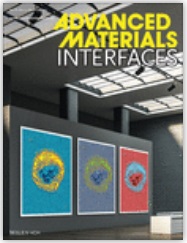Iron–platinum (Fe–Pt) compounds are well known for their interesting magnetic and electrocatalytic properties. However, iron segregation and iron oxides formation under oxidative conditions may influence the characteristics of Fe–Pt systems. Several approaches are used to protect the Fe–Pt compounds from oxidation, the most promising of which involves covering the material with a protective graphitic layer. By performing model‐type ultrahigh vacuum (UHV) studies, it is shown that a layer of epitaxial graphene (Gr) grown on a [111]‐oriented single‐crystal platinum substrate with thermally dissolved iron (Fe–Pt(111) surface alloy) effectively blocks iron segregation and iron oxides formation under oxidative conditions, while still allowing for the adsorption of oxygen atoms underneath the carbon layer. The oxidation is monitored in real time and at the micrometer scale using low energy electron microscopy (LEEM) and local diffraction (μLEED). Notably, a similar result is obtained for a poorly ordered Gr‐like carbon layer grown directly on a Fe–Pt(111) substrate. The findings are rationalized in terms of a locally lowered partial oxygen pressure and inhibited iron oxide growth in a confined space between the carbon layer and the metal support.

